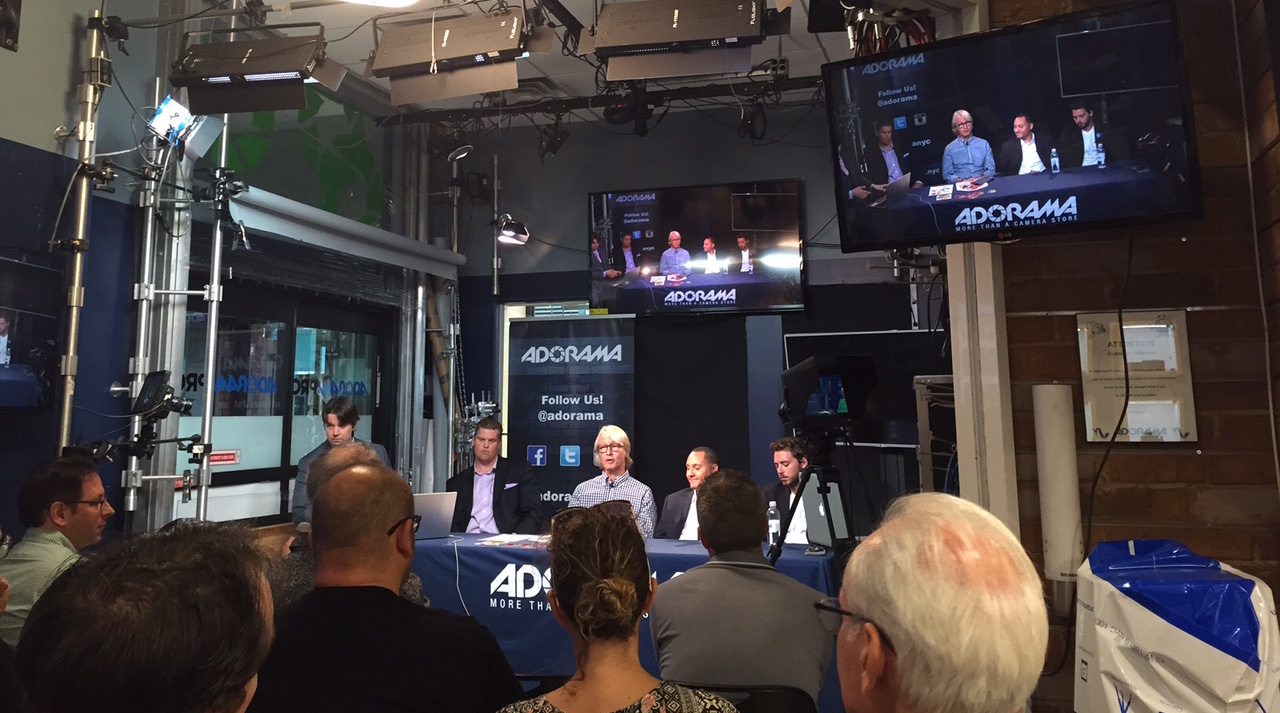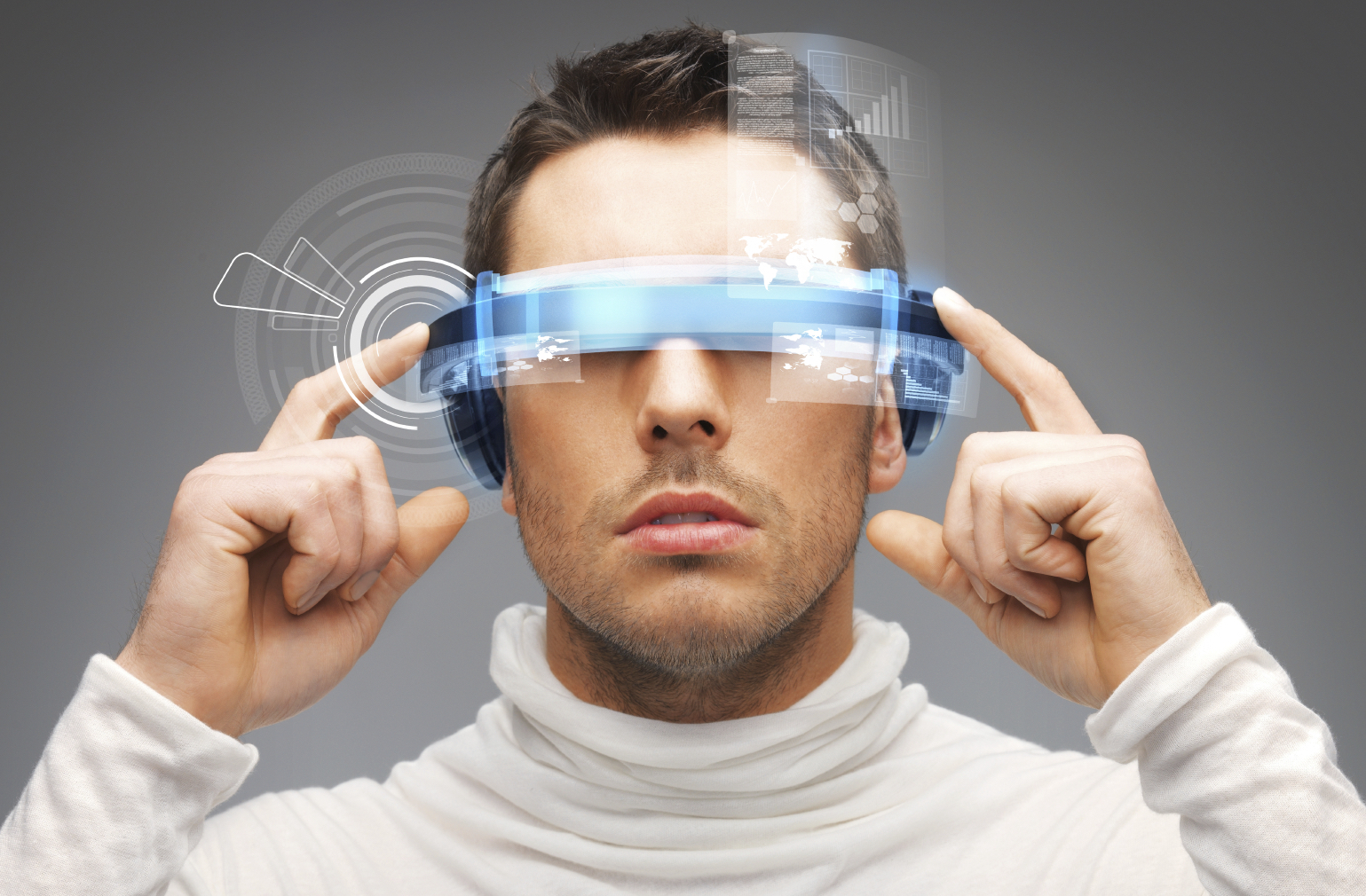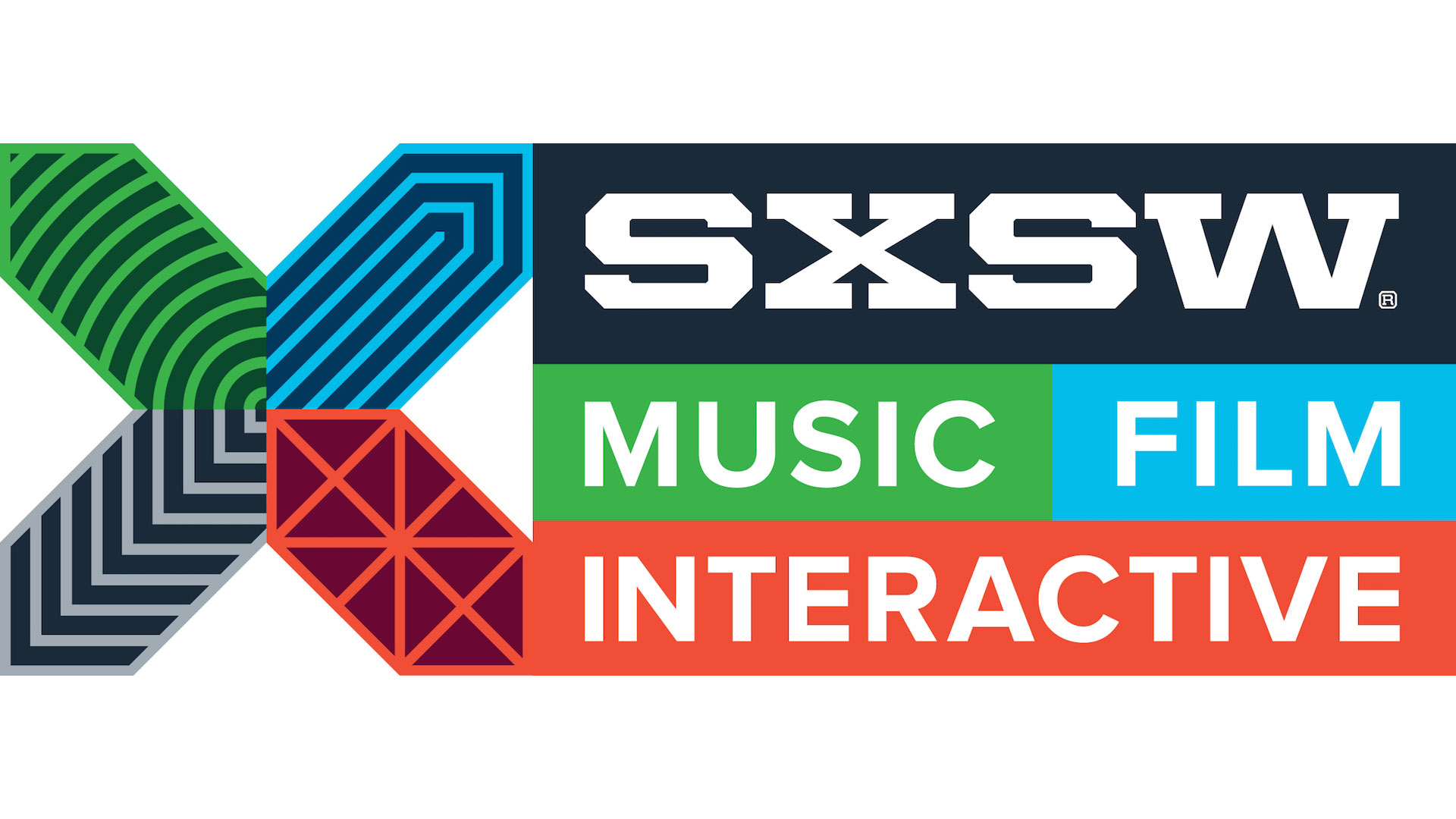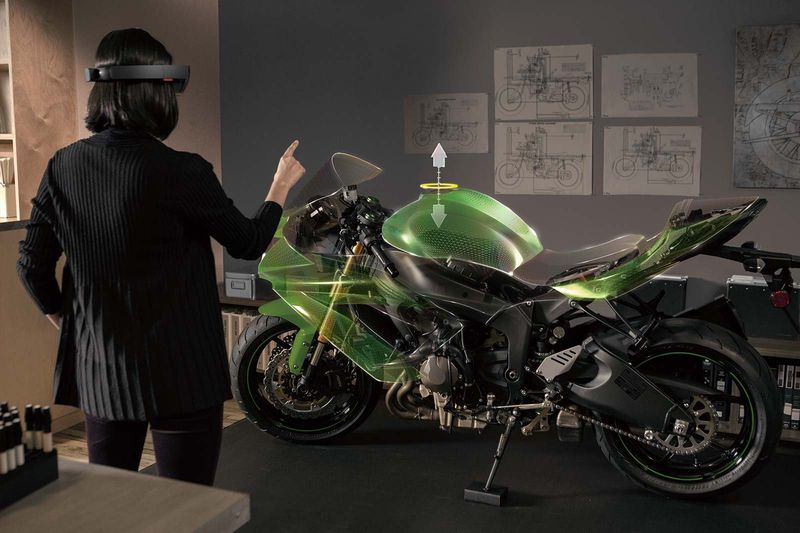During the week of July 27th, the Lab attended two events that focused on augmented reality (AR). Many topics were addressed including commercial adoption, industrial application, and marketing implications. There was a general consensus among the participants in “The Future of Augmented Reality” panel that the best use case for AR is education. It can be used to enhance a teacher’s lesson plan or train medical residents for surgical procedures without the need for expensive training facilities.
The State Of Binaural AR
When people think of augmented reality, they mostly focus on the visual aspects of the technology. In truth, audio is also an essential part of a person’s environment and can be augmented as well. Hooke is a company that is aiming to commercialize binaural recording on a large scale. Unlike 3DIO, which requires a large recording device, Hooke’s flagship product is a pair of Bluetooth headphones with built-in microphones, which allows it to record audio binaurally in the same way that human ears capture sound in their surrounding environment. Although the product itself is not bulky and minimally invasive, convincing consumers of the need of binaural recordings remains a major adoption barrier.
What Brands Should Do
There are currently in-market options that demonstrate the potential of AR but no products or services that are easily accessible. As of today, AR products are generally too bulky, too expensive, or not comprehensive enough for mass adoption. Nevertheless, better solutions could arrive within 5-10 years, the panelists said.
Therefore, brands that are willing to experiment now to see how they fit into the AR space will be in a much better position when the time comes. For example, it is not far-fetched to think that standard brick and mortar stores will enhance the shopping experience by layering product info directly over physical objects. Furthermore, combining consumer behavior data with AR allows brands to make purchase recommendations, surface relevant promotions at opportune times, and create a personalized shopping experience.





